E-commerce Website Redesign
Hyperlocal Enterprise SEO

Overdrive Interactive generated this image in part with OpenAI’s DALL·E on 2022-09-29
If you’re looking for hyper-local enterprise SEO, you’ve come to the right place. Getting your business listed on Google My Business, Yext, and other directories is vital to ensuring your customers find you. Adding you NAP (name, address, phone number) is just the beginning. To make your efforts more effective, add schema location markup to your content pages using enterprise technical SEO. Conduct an enterprise SEO website audit with a focus on hyperlocal SEO to ensure you capture all opportunities.
17 Ways to Integrate SEO & Social – Webinar Slides & Video
Learn how to enhance your brand search experience by using strategic, infused social content and SEO best practices.
Watch the Webinar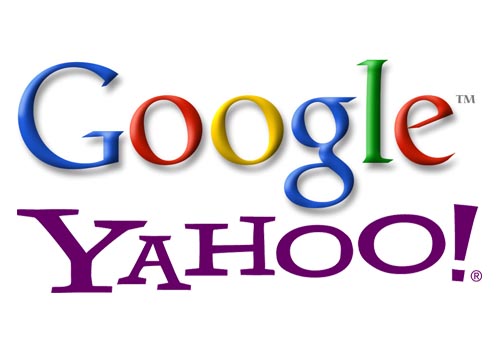
Location Pages
While creating a location page for an enterprise SEO strategy is not a difficult task, it can be difficult to earn links to the page from other websites. However, earning links to location pages can be done by collaborating with neighboring businesses or participating in community events. This way, Google can understand the products and services provided by the business.
How to Optimize Location Pages for Google
Here are some steps to help you optimize location pages to increase your ranking on Google.
Create separate pages for each location
This helps you gain maximum online visibility and rank naturally for location-based search queries. By creating separate pages for each location, you can create personalized content for each area, including relevant keywords.
Conduct localized keyword research
Keyword research will help you find which keywords will be beneficial for each region of your business. If your location page is too generic, consumers may decide to move on to the next business in the area. In such a case, creating a separate page for each location is essential.
Break out location pages by geographic area
When creating location pages for enterprise SEO campaigns, make sure to create them for each geographic area. Google does not penalize websites for duplicate content. However, this does not mean that you can simply copy and paste content from your website to each of your location pages. Google displays the page with the highest authority. Therefore, by improving the authority and relevancy of your location page, you will increase your search engine rankings in local packs and map listings.
Create separate pages for individual services areas
To maximize local visibility, you should create separate pages for each service area. These pages should feature products or company information. If the site is designed well, it will increase your conversion rate and get traction in local search results. However, it’s essential to optimize a page for each region of service to make the most of this strategy.
The following are a few tips for optimizing your NAP (name, address, phone number) for hyper-local enterprise SEO.
NAP (Name, Address, Phone Number)
NAP (name, address, phone number) can have a big impact on your business, as it provides customers with critical information about your brand. Make sure your NAP listings are accurate, as incorrect NAPs can impact your rankings in local SERPs.
When optimizing your website for search engines, you must include your name, physical address for a specific location, and phone number (NAP). Google compares the information provided by your website with other sources, including phone records, state agencies, and the Post Office. Consistency of your NAP information across all sources is vital for your ranking in Google, so make sure that it matches everywhere. If your NAP is inconsistent across your website, your ranking will suffer.
NAP in Local Business Directories
Make sure to take care of your listings in local business directories. Incorrect listings can send local SEO signals to Google. If your phone number is incorrect, Google may even refuse to display your GMB listings. Using online tools such as SEMrush can help you automate this process.
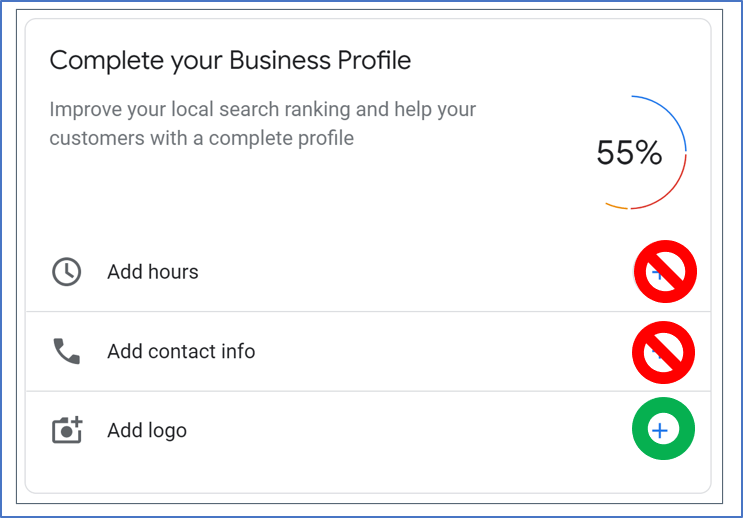
NAP Formatting
To ensure that your NAPs are correctly formatted, you can use tools like the Google Structured Data Markup Helper. Make sure to use the right format and font for your NAP data.
Ensure NAP Consistency
When optimizing your website for hyper-local search, NAP consistency is critical. Inconsistent NAP will lead to frustrated users, missed sales, and inaccurate citations and directory listings. It can also result in a damaged brand. Consistent NAPs will make Google and your competitors look legitimate. So, make sure to stick with it! Then you can enjoy the benefits of consistent NAP and make your website rank better.
Consistency of NAP will also strengthen your digital marketing, local SEO, and mobile search efforts. If your NAP is consistent across all platforms, Google will use it as a reference and strengthen your local SEO.
A good rule of thumb is to engage with the community in your area by sharing your company’s information with them. If you engage with the local community and provide relevant information, you’ll be sure to attract customers and a presence in the search results.
Google My Business (GMB)
In addition to submitting high-quality directory listings and promoting your company website by using the most relevant content for users’ local search terms, you also need to optimize your Google My Business Page to achieve effective hyper-local enterprise Search Engine Optimization (SEO).
Previously called Google Places, GMB is the premier source of local search information. It features contact details, business photos, and more. When people search for local businesses, Google prioritizes the location nearest to them.
It’s crucial to provide accurate and regularly updated information on your GMB listing to make your company appear at the top of the SERPs and GoogleMaps results. If there is information missing from your GMB profile, Google may skip listing it altogether and choose a competitor to show instead. To avoid this, make frequent updates (especially if you have been through an enterprise SEO website migration and consolidation).
As part of our enterprise SEO services, Overdrive can backfill information that’s missing in your GMB profile.
GMB Content
Hyperlocal enterprise SEO relies on localized landing pages for mobile devices as well as desktop.
GMB pages should feature customized, unique, hyperlocal content for each location, and utilize location-related keywords naturally to improve search engine rankings and increase online visibility (conduct keyword research to decide which keywords will help your business rank better). Page copy should reflect the target city and neighborhood. Make sure you include schema markup where applicable.
Ensure your Google My Business page includes categories, keyword-targeted descriptions, and photos.
Choose Secondary Categories
Secondary business categories are used to provide additional information about what your business has to offer. Do not confuse secondary categories with services, as that is a more specific section of your GMB listing. Instead, focus on additional areas your business covers.
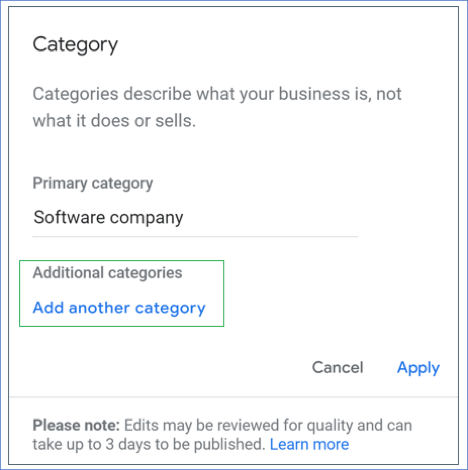
Include Customer Reviews
Customer reviews are crucial to any online marketing strategy. Google’s hyperlocal SEO algorithm demands that your listings contain reviews from customers (they don’t all have to be “good”).
You can set up your own platform to collect reviews from customers or outsource the project to companies specializing in online business review generation. With social media sites such as Facebook, Amazon, and others engaging in local activity, the importance of this feature cannot be underestimated. There are so many ways to optimize your Google My Business for hyper-local enterprise SEO.
Photos
Do not use stock photos, nor photos with special effects or branding in your GMB profile; Google is trying to represent your business as it appears in the real world. Photos help business listings’ performance more than most business owners and marketers realize. Focus on using high-quality images that have clear depictions (to align with image-enriched results) for better search engine results.
GMB Best Practices
- NAP consistency – ensure both your business name and address exactly match your other listings across the web
- Add your products and/or services
- Complete every section of your Google Business profile
- Be detailed with your contact information
- Select primary and secondary business categories
- Write a complete “from the business” description
- Publish Google posts
- Upload new photos
- Answer visitor questions
- Collect and respond to reviews
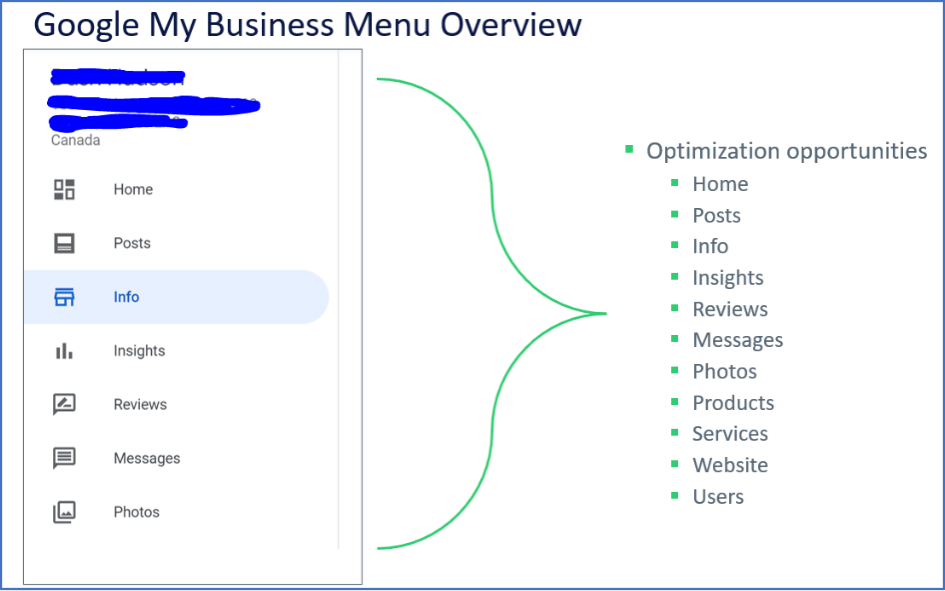
Yext
With the power of Yext’s centralized platform and multi-lingual capabilities (great for enterprise international SEO), hyper-local enterprises can reach customers anywhere in the world. The Yext platform enables local managers to contribute data for their respective locations. This means that you can avoid duplicate listings that not only confuse customers but also hurt local search rankings.
Utilize the Yext PowerListings Network to ensure your listings appear in local search engines.
Yext Subscriptions
Yext is available for purchase as a subscription service or can be managed independently by businesses as part of your enterprise SEO toolset. If you do not plan on managing it yourself, you’ll need to redo your citation building in all local directories. However, if your marketing budget is limited, it may be better to hire a local SEO expert to help you with citation building. Business without Yext will likely have lower Google rankings than companies that do use it.
“Yext Pages”
“Yext Pages” is an excellent resource for local SEO, with its many tools and directory integrations. One such tool is the Knowledge Engine, which provides answers to commonly asked questions.
You can include information about your location, staff, and hours on your listing, all of which can be easily updated (Yext allows integration with several enterprise SEO tools).
“Yext Pages” also provides analytics, which can help you monitor and improve your rankings.
Yext is a good source for listing information on the local search engines, as it distributes business information automatically and is easy to use. However, its system dashboard is cumbersome. In addition, it only has an option to post information for single businesses, so “Yext Pages” may be a better choice for more diverse companies.
Hyperlocal Enterprise SEO FAQs
What is hyperlocal search for enterprise SEO?
Hyperlocal search helps enterprise SEO websites show up in organic search results (including maps) for specific or targeted cities, regions or neighborhoods, particularly for businesses with physical storefront locations, branches or offices. Hyperlocal SEO encourages higher website traffic from target audiences in the select areas, as well as more foot traffic to physical locations, and includes a focus on users who conduct “near me” searches from mobile devices.
What are the factors that help the hyperlocal SEO algorithm work?
The hyperlocal SEO algorithm includes the following factors:
- Proximity
- Relevance
- Prominence
Who needs local SEO?
Hyperlocal SEO is necessary for enterprise websites of businesses who have at least one physical location or target an audience in a specific regional or geographic area.
Scale Your SEO Program
Overdrive will provide the talent, technology, and process required to stand up, maintain, and optimize an always-on SEO program.

